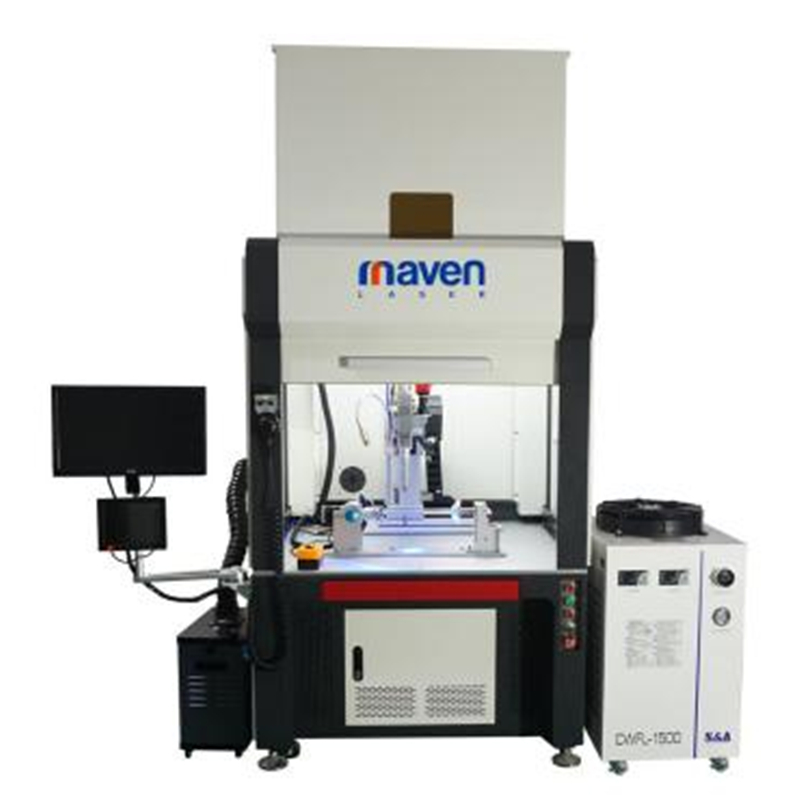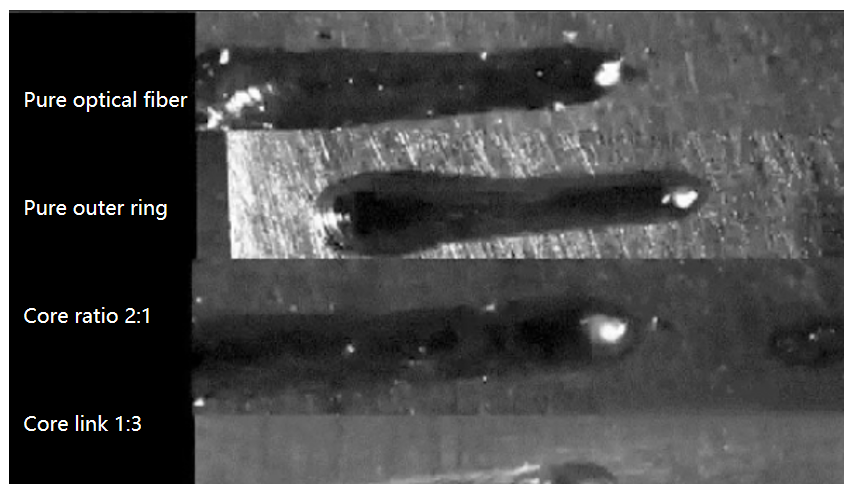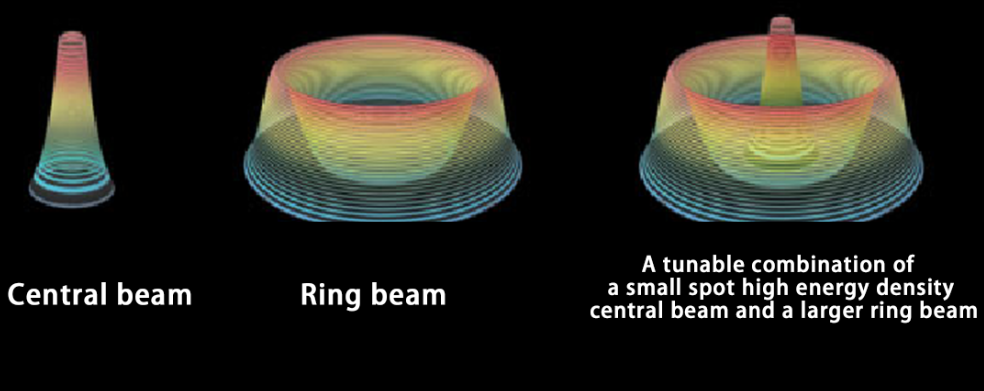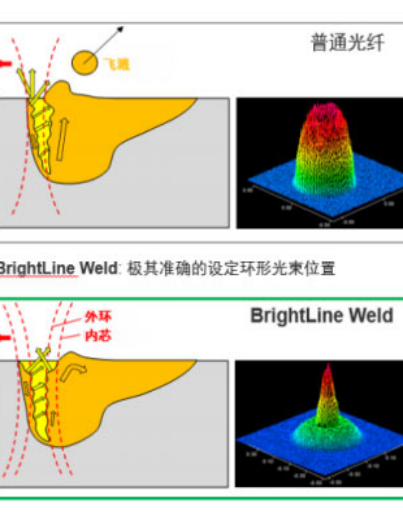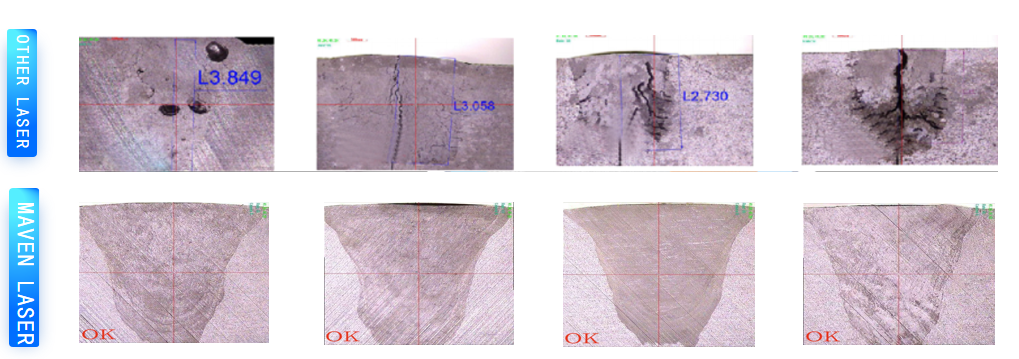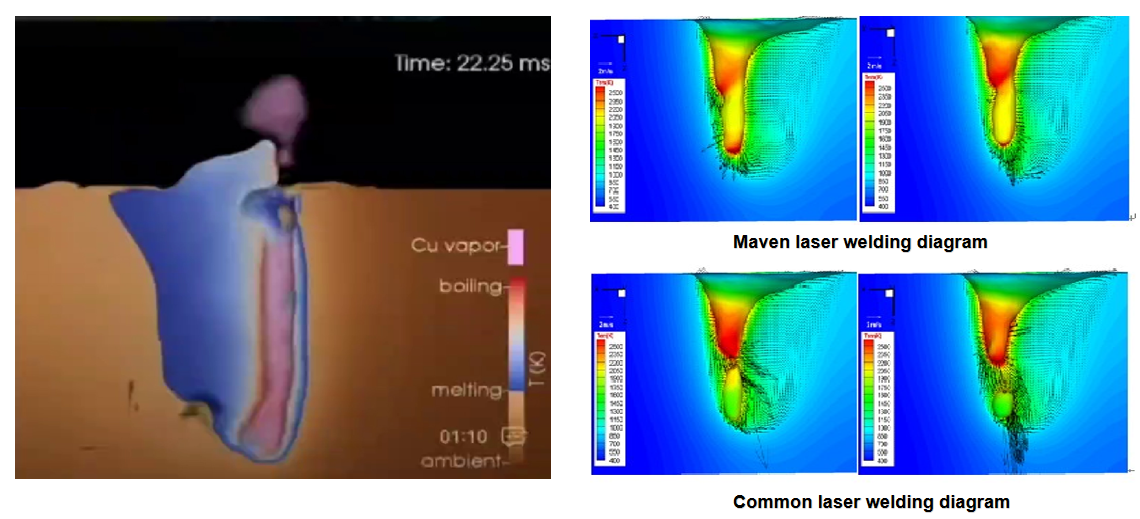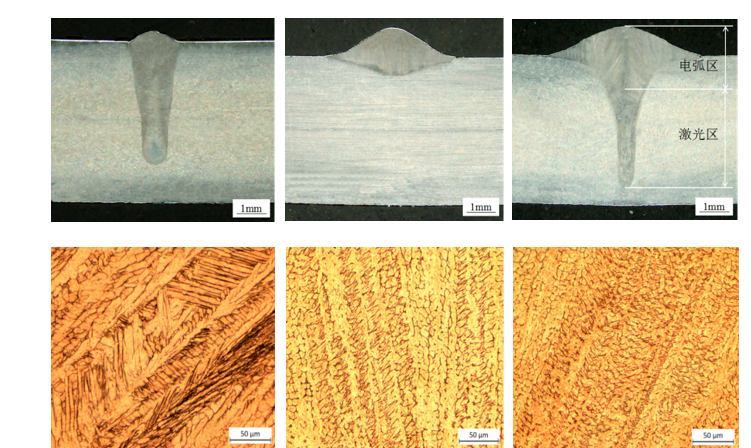1. Main Cooling Methods
As liquid cooling is currently the mainstream cooling method for power/storage batteries, the quality of the welding processing for liquid cooling plates is particularly crucial. It directly affects the performance and heat dissipation efficiency of the liquid cooling plates.
2. Shortcomings of Traditional Methods
The traditional welding methods for water cooling plates are basically divided into: friction stir welding (FSW), vacuum brazing, argon arc welding, etc. The traditional welding methods have both advantages and disadvantages: FSW can weld large components, and its welding strength is 70% of the base material. Brazing is suitable for mass production. However, these traditional welding methods have some shortcomings, such as FSW, the welding efficiency is low, the weld bead is prone to curling, the stirring head is large and cannot perform precise welding, and the key point is (the thermal deformation after welding is large, the post-processing is troublesome, and the secondary processing cost is high). Vacuum brazing (the energy consumption of the brazing tunnel furnace is too large (about 1300 yuan per small electricity bill period) the joint has poor heat resistance, and the filler metal is prone to overflow, resulting in flow channel blockage).
Laser welding is a highly precise and efficient welding technology that has been widely adopted in various fields, including automotive manufacturing, aerospace, shipbuilding, electronic equipment, medical devices, and more.
With the development of laser technology, laser welding has also been applied in the fields of airtight devices and heat treatment for welding water-cooled plates (liquid-cooled plates). Compared with friction stir welding (FSW) and vacuum brazing, it has the advantages of high processing efficiency, smooth and flat weld beads, low subsequent work volume after welding, stable weld penetration, and the ability to achieve precise welding.
Ultra-thin water-cooled plates, battery module liquid-cooled plates, water-cooled plate water channels, and special-shaped water-cooled plates, etc., using laser welding technology, can all be easily realized.
4. Advantages of Laser Welding
— High processing efficiency
— Smooth and flat weld seam
— Low subsequent work volume after welding
— Stable weld penetration, enabling precise welding
5. Mavenlaser specializes in the welding production of cold plate type liquid cooling heat sinks. It demonstrates strong technical strength and market competitiveness in the field of airtight welding of energy storage plates, liquid cooling plates, and water cooling plates. Regarding the welding challenges of high-reflection metal materials such as copper and aluminum, Xinhe Xin Laser innovatively adopts the technology of ring-shaped light spot combined with adjustable center point. Through an advanced control system, it reasonably optimizes process parameters, effectively reducing welding spatter, without generating pores or cracks, and ensuring a fine weld seam with high quality. This effectively guarantees the airtightness of cold plate type liquid cooling heat sinks.
6. Difficulties in Aluminum Alloy Welding
Aluminum is highly prone to hydrogen dissolution, resulting in bubble formation, which affects the strength and air voids.
Aluminum is also prone to oxidation, and the oxide layer has a high melting point, which easily causes welding spatter.
The expansion coefficient of aluminum is large, making it prone to deformation, cracking, and high stress.
High reflective material, with a laser reflection rate of up to 95% at room temperature.
The heat-affected zone of welding is large, affecting the strength of the base material.
Pure fiber optic: There will be more spatter when there are bubbles.
Pure outer ring: The depth of the molten pool is too shallow.
Ring-shaped light spot: The power ratio of the core ring varies, and there are corresponding power ratios for different types of aluminum profiles.
The weld seam needs to be clean: When there are oil stains and impurities, spatter is prone to occur.
7. Ring-shaped Light Spot + Center Point Adjustable Laser Technology
This technology can address the challenges in high-reflection metal welding.
During the laser’s advancement, the ring-shaped light spot plays a role in preheating and slow cooling, effectively reducing spatter and facilitating the expulsion of gas generated by the keyhole effect.
8.Welding metallographic comparison
In the process of laser welding, when the heat input is too high, the temperature of the aluminum alloy welding area will increase, and the thermal stress will be serious to a very high degree, which is easy to cause cracks. Therefore, proper control of welding parameters will help avoid excessive heat input.
Maven laser welding machine has excellent stability, can achieve high-speed welding, reduce spark splash, welded products without porosity, no sand hole, no tunnel, small deformation, smooth and fine weld, to ensure the flatness and air tightness of welding products, no need to worry about quality problems.
9..The process of forming keyhole with laser welding
10.Solution and Features
By adopting the annular light spot technology, the defects such as cracks and pores are minimized to the greatest extent, reaching the national standard (GB/T 22085) B-level standard. The weld seam has good pressure resistance and fatigue durability.
The welding efficiency is high, the equipment energy consumption is low, and it is environmentally friendly.
The welding line energy is higher and the welding heat affected zone is small, and the weld seam has a smooth and beautiful appearance.
It is automatically controlled, non-contact processing, and has high stability.
Welding process of water-cooled plates
No air holes, no leakage, small deformation, smooth weld seams and excellent quality.
11.Advantages of Welding Technology
1. It can achieve self-fusion or wire-injection welding of aluminum alloy, with zero or low spatter.
2. The welding speed is 1-3m/min, which is 5-10 times faster than friction stir welding.
3. The deformation is small, and no shaping or micro-shaping is required after welding.
4. The surface cleaning amount is much lower than that of friction stir welding, only about 0.2mm needs to be cleaned.
5. The tooling and fixtures are simple, with low cost and strong universality.
6. There is no spatter, and it will not pollute the water outlet and flow channel (no need for water outlet protection).
1. Metallographic examination of the weld seam shows no pores or cracks.
2. The strength of the welded joint is high.
3. The molten pool shape is stable and presents a U-shape, with good resistance to gas tight pressure and fatigue.
4. The equipment is lightweight and occupies a small area.
High welding quality and efficiency: The tensile strength can reach over 70% of the base material, and it can weld 1 to 3 meters per minute.
Low heat input: The variation range of the heat-affected zone is small, and the deformation caused by heat conduction is the lowest, which can reduce the cost of secondary processing.
Widely available solderable materials: brass, copper, aluminum (aluminum alloys of 1-7 series, ADC12 aluminum), stainless steel, titanium alloys, etc.
Capable of micro-welding: After being focused, the laser beam can generate a very small spot, which can be applied to micro-sized components.
High flexibility and high safety: The machine’s stroke has been upgraded. After the module is powered on, there is no need to search for the origin. The system can automatically identify, reset the origin, and no limit is required for all axes. This avoids machine collision and ensures human-machine safety.
Simple operation: No professional welding experience is needed. One can conduct CAD diagram input with a single click. The operation is simple and easy to learn. One person can operate 4-5 machines.
Aesthetically pleasing weld seams: There is no deformation, no pores, no tunnels, and no chemical residues. The weld seams are beautiful, with good air tightness. After welding, usually no treatment or only simple treatment is required.
High precision and non-contact: The laser beam can complete welding without direct contact with the workpiece surface, and can precisely control the welding depth and width.
High energy efficiency and high usage rate: The power consumption per hour can be as low as 1 kilowatt. The annual depreciation rate of the laser is less than 1%.
High yield rate: The welding yield rate is as high as over 99.99%.
Post time: Mar-25-2025





